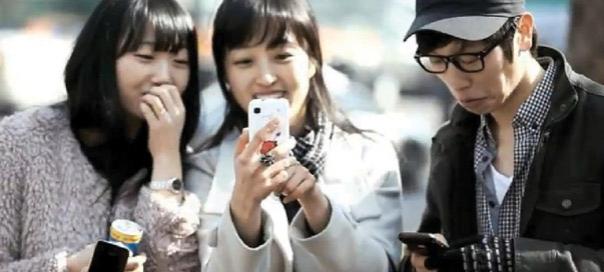By Malay Desai
From: Korea, created by Cheil Worldwide
To overcome low sales during lunchtime, the Korean supermarket chain mounted a QR code-based installation at a busy street. Designed so as to work only between noon to 1 pm owing to shadows formed due to the sun overhead, the installation attracted many, who would scan it using their smartphone, head to the official site and find attractive offers, including a $12 coupon. They would then order using their app and get delivery at home. The results included 12,000 coupons and a 25 per cent increase in business during lunch hour, besides positive press.
Why we Like
It is time we talked about the QR code, not because it’s the cool thing to talk about in marketing glossies but because we must realise its utility value rather than just dissecting its pros and cons.
The ‘Quick Response’ code, that small square of black-and-white dots, has slowly infiltrated our routine lives. While we do see it all the time in newspapers and backs of some product packages, we don’t really see anyone out there flipping out a phone and scanning the code, forget making a transaction through it later. The slow growth therefore lies in its treatment; nobody’s going to slow down their car if you put one on a hoarding or a bus-stop.
In this instance, of course helped by the fact that Koreans are more tech-savvy than our janta and already know the varied uses of the QR, the treatment is of note. Emart, i.e. the ‘Walmart’ of Korea, had a problem at hand with low lunchtime sales across 141 chain stores. But it approached the QR code not as a quick-fix but a fun, unique way to engage customers and make headlines.
The ‘shadow’ factor of the QR code – only working for an hour a day – was a risky proposition that paid off as it created buzz. Place something weird on a busy street at lunchtime and it’s bound to attract attention. But the chain backed this up with a cool offer, an incentive for those making the effort to scan the code and reach its site, and that worked, too. It was all an experiment, but the agency upped chances of it working by understanding the problem and the customer well.
Exactly aping such methods (or ones such as another supermarket making subway walls resemble shopping shelves with QR codes, again in Korea) will obviously bomb here, but use the QR code after understanding our situations and we might land unexpected success. And no, an award for your QR code campaign is useless if it didn’t make money for your client, dear agency!























